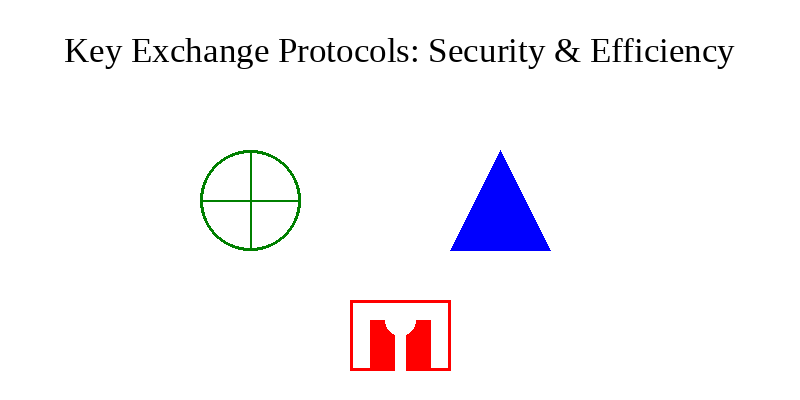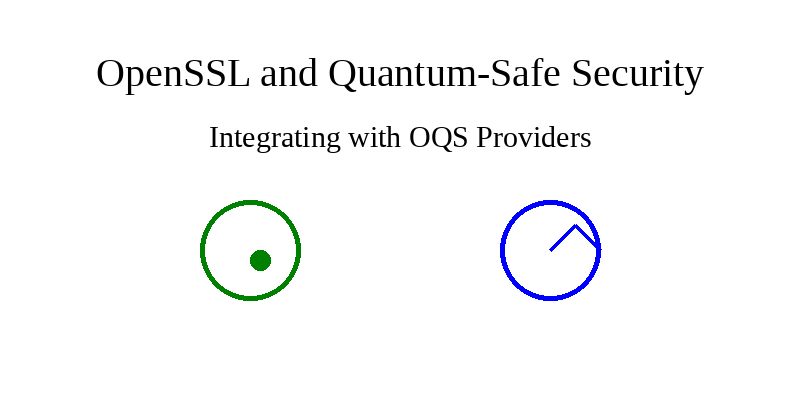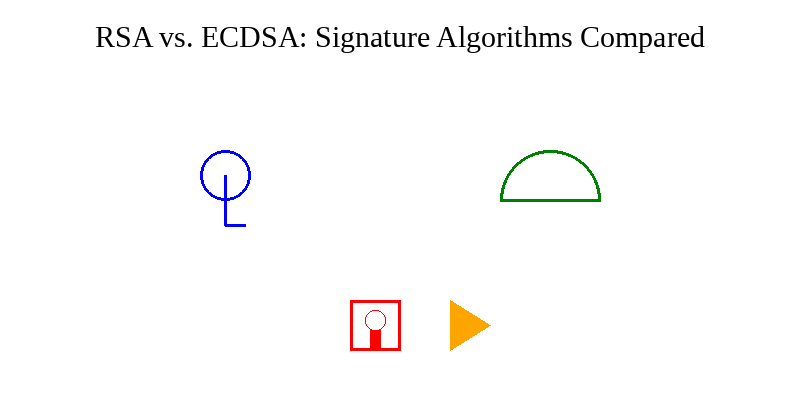Secure communication in the digital world hinges on the robustness of key exchange protocols. These protocols are the backbone of private communication, enabling the secure exchange of cryptographic keys over public channels. In this in-depth exploration, we dissect various key exchange protocols, weighing their strengths, weaknesses, and susceptibility to side-channel attacks.
P256 (NIST P-256)
Advantages
- Robust Security: As a part of the well-established NIST P-256 standard, P256 offers a high-security level.
- Broad Compatibility: This protocol is supported across a wide array of platforms and cryptographic libraries, making it a go-to choice for many applications.
Disadvantages
- Relative Performance: When compared to newer elliptic curve protocols like X25519, P256 may exhibit slower performance metrics.
X25519
Advantages
- Optimized Performance: X25519 is engineered for high-speed and efficient cryptographic computations.
- Proven Security: It enjoys strong security credentials, bolstered by extensive analysis from the cryptographic community.
Disadvantages
- Emerging Compatibility: Although X25519’s popularity is on the rise, it hasn’t reached the universal support level of more established protocols like P256.
P384
Advantages
- Enhanced Security: Offering a higher security level than P256, P384 is tailored for safeguarding exceptionally sensitive information.
Disadvantages
- Performance Trade-off: The heightened security of P384 comes at the expense of slower performance.
FFDHE2048, FFDHE3072, FFDHE4096
Advantages
- Scalable Security: These Finite Field Diffie-Hellman Ephemeral (FFDHE) standards provide a spectrum of security levels, with FFDHE4096 at the pinnacle.
- Global Standardization: Their standardization by the IETF promotes widespread compatibility and reliability.
Disadvantages
- Performance Considerations: Similar to P384, the higher security levels in FFDHE3072 and FFDHE4096 are offset by decreased performance efficiency.
Countering Side-Channel Attacks
Despite their robust design, these key exchange protocols are not impervious to side-channel attacks. Such attacks exploit information gleaned from the physical implementation of a cryptosystem. Employing well-established cryptographic libraries and ensuring they are regularly updated is crucial in mitigating these risks.
Making the Right Choice
Selecting the appropriate key exchange protocol necessitates a balanced consideration of security needs, performance requirements, and compatibility concerns. Understanding the nuances of each protocol empowers you to make an informed decision, tailored to your specific cryptographic objectives.

 Integrating OpenSSL with OQS Providers for Enhanced Quantum-Safe Security
Integrating OpenSSL with OQS Providers for Enhanced Quantum-Safe Security